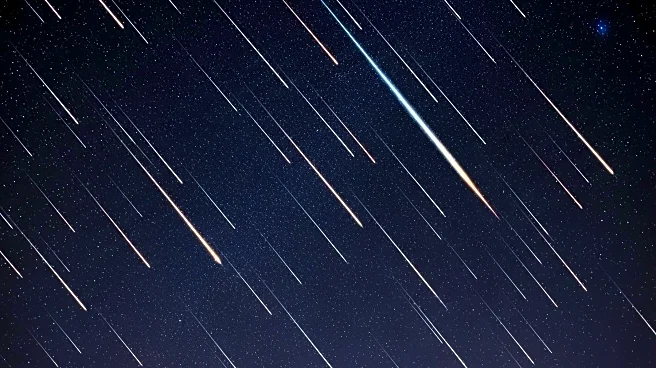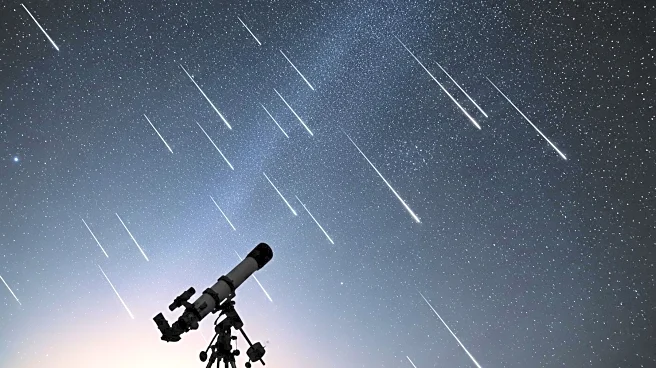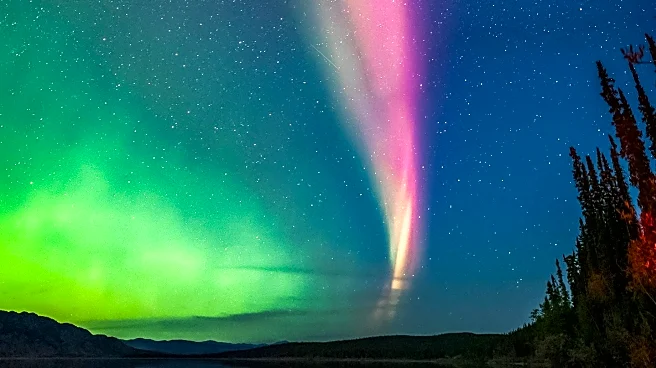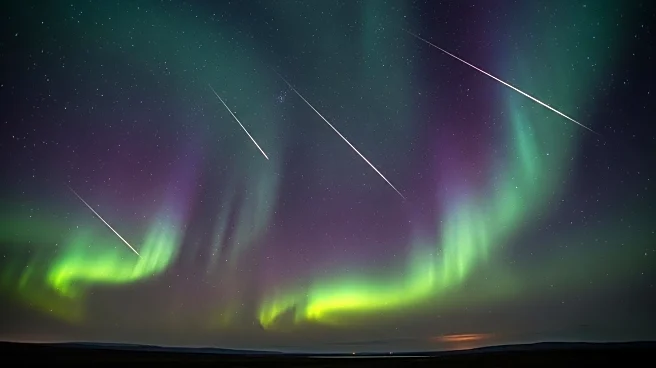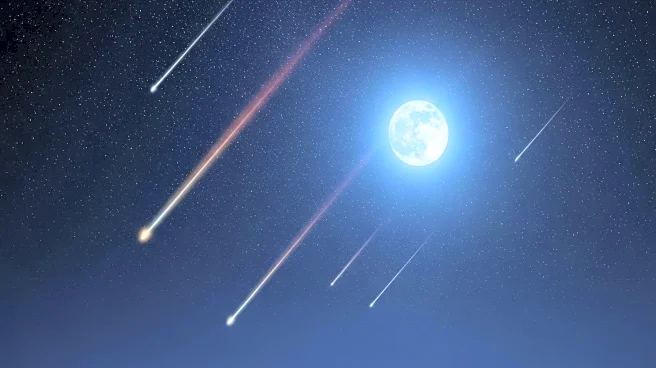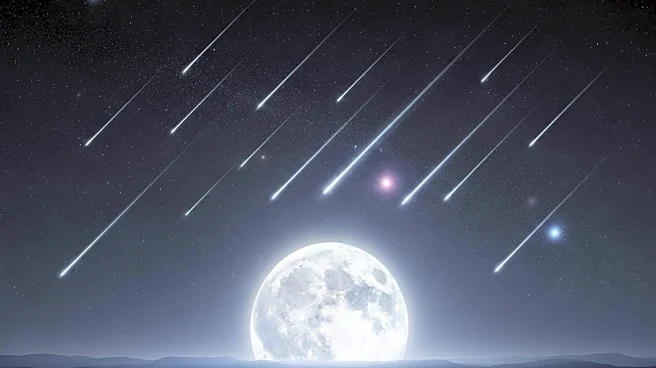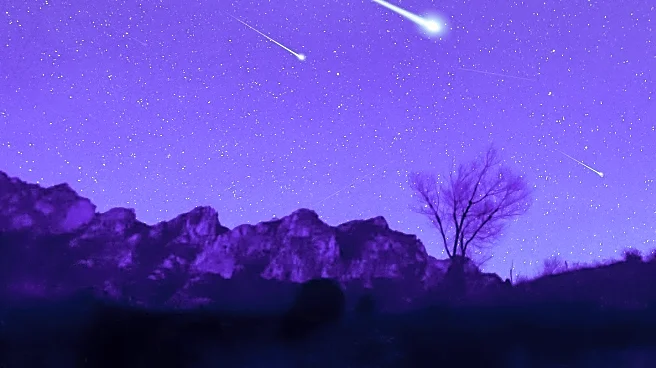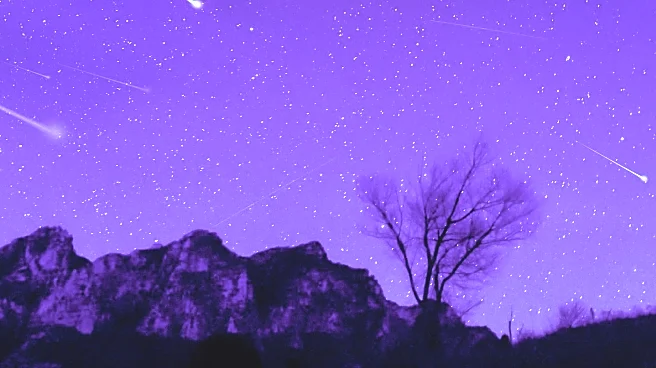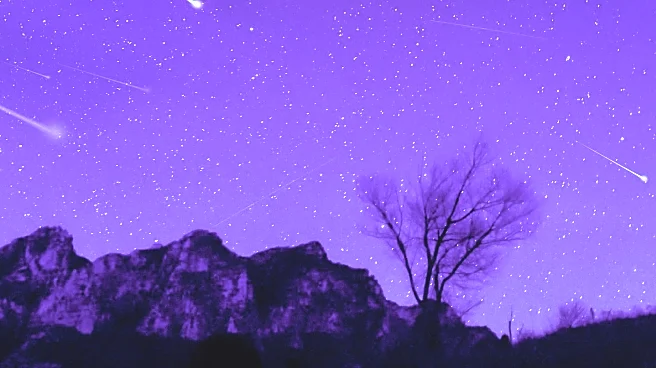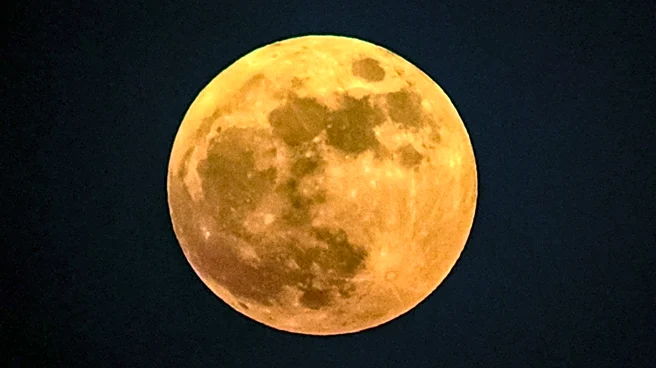What's Happening?
The Draconid and Orionid meteor showers are set to illuminate the night sky this October. According to NASA, the Draconids will peak on October 8, offering a potential view of up to 10 meteors per hour, though visibility may be hindered by a bright super full moon. Originating from Comet 21P/Giacobini-Zinner, the Draconids are best viewed in the northern sky near the Draco constellation. Meanwhile, the Orionids, which stem from Halley's Comet, will peak on October 21, with an expected rate of 20 meteors per hour. These meteors are known for their brightness and speed, often producing fireballs. The Orionids can be observed near the Orion constellation, visible in the southeast sky in the northern hemisphere.
Why It's Important?
Meteor showers like the Draconids and Orionids offer a unique opportunity for public engagement with astronomy, drawing attention to celestial events that are accessible without specialized equipment. These events can inspire interest in space science and provide educational opportunities about the solar system and cometary debris. The visibility of such meteor showers can also boost local tourism in areas with dark skies, as enthusiasts travel to optimal viewing locations. Additionally, these showers highlight the ongoing relationship between Earth and the broader cosmos, as our planet passes through the debris trails left by comets.
What's Next?
As the Draconids and Orionids approach their peak, skywatchers are advised to find locations with minimal light pollution for the best viewing experience. The presence of a super full moon during the Draconids may necessitate patience and strategic timing to catch the meteors. For the Orionids, the absence of a bright moon will likely enhance visibility, making it a more promising event for observers. Astronomy clubs and observatories may host viewing events, providing guided experiences and educational talks to enhance public understanding and enjoyment of these meteor showers.

